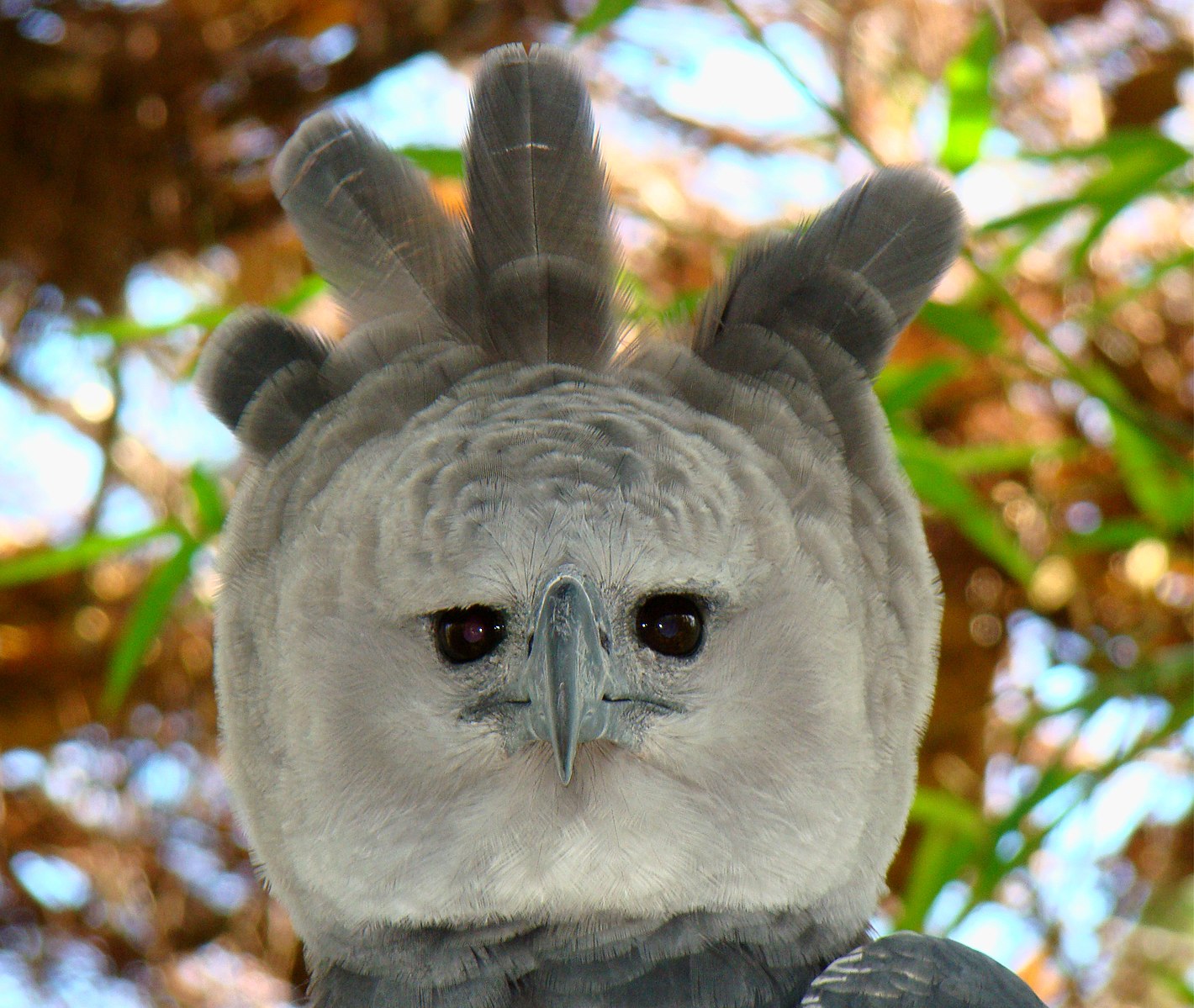Harpy Eagles, the majestic raptors of the Amazon rainforest, are known for their impressive size, strength, and powerful beaks. However, contrary to popular belief, these birds do not intentionally break their beaks as part of a renewal process. Let’s explore the facts behind the myths and understand the true nature of Harpy Eagle beak maintenance.
Harpy Eagles and Their Specialized Beaks
Harpy Eagles are apex predators in their ecosystem, and their beaks are specially adapted to their hunting needs. These large, hooked beaks are designed to tear through the thick hides of their primary prey, which includes sloths, monkeys, and other small to medium-sized mammals. The size and shape of a raptor’s beak can provide clues about its diet and hunting habits.
Beak Maintenance in Harpy Eagles
 Image source: Harpy Eagle by Bjørn Christian Tørrissen
Image source: Harpy Eagle by Bjørn Christian Tørrissen
Harpy Eagles, like other eagles and raptors, do not break their beaks as part of a renewal process. Instead, they naturally maintain the condition of their beaks through a few key mechanisms:
-
Eating Tough Prey: The act of tearing into the tough hides of their prey helps Harpy Eagles keep their beaks in good condition. The abrasive nature of the prey’s skin and bones helps to wear down and sharpen the beak.
-
Rubbing on Hard Surfaces: Harpy Eagles will often rub their beaks against stones, tree branches, or other hard surfaces to clean and maintain the beak’s shape and sharpness.
-
Molting: Harpy Eagles, like other birds, go through a natural molting process where they shed and regrow their feathers. However, they do not pluck out their beaks or talons as part of this process.
Debunking the Myth of Beak Renewal
The myth of Harpy Eagles and other eagles intentionally breaking their beaks as part of a renewal process likely stems from an inspirational email that has been circulating since 2007. This email claimed that bald eagles undergo a transformation at the age of 30, plucking out their beaks, talons, and feathers to live another 30 years.
However, this narrative has been thoroughly debunked by experts, including the bird supervisor at the Jacksonville Zoo and Gardens and the Raptor Center at the University of Minnesota. They have stated that there is no basis in natural history for this claim, and eagles do not engage in such a dramatic self-mutilation process.
Importance of Beak Condition for Harpy Eagles
The beak is a crucial tool for Harpy Eagles, as it allows them to effectively hunt and consume their prey. A well-maintained beak is essential for their survival and success as apex predators in the Amazon rainforest.
If a Harpy Eagle’s beak were to become severely damaged or deformed, it could significantly impact the bird’s ability to hunt and feed itself. This could lead to starvation, weakened physical condition, and potentially even death.
Conclusion
In summary, Harpy Eagles do not intentionally break their beaks as part of a renewal process. Instead, they naturally maintain the condition of their specialized beaks through a combination of eating tough prey, rubbing on hard surfaces, and the natural molting process. Understanding the true nature of Harpy Eagle beak maintenance helps to dispel myths and provide accurate information about these magnificent birds of prey.
References:
– National Eagle Center – Eagle Glossary
– The Peregrine Fund – Curved Beaks
– Wikipedia – Eagle
– Jacksonville.com – Fact Check: Email About Bald Eagles Just Doesn’t Fly



